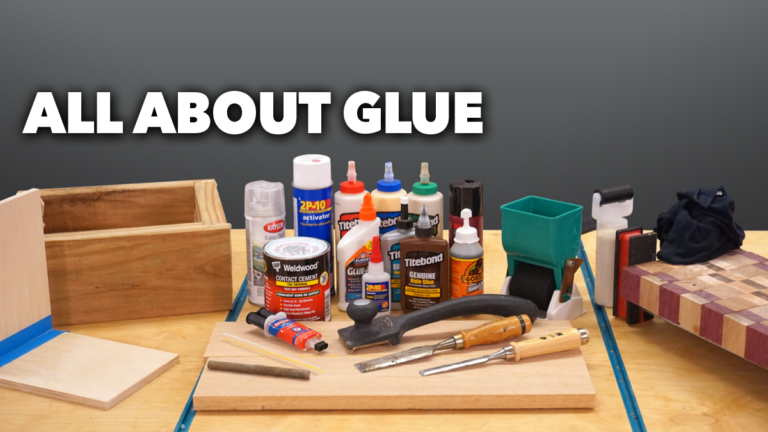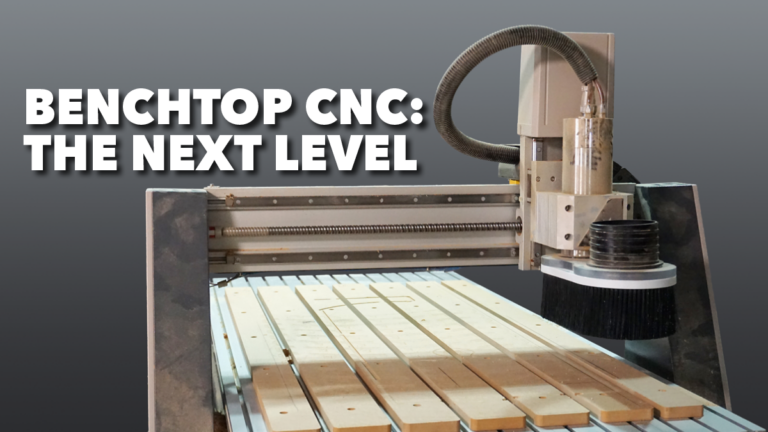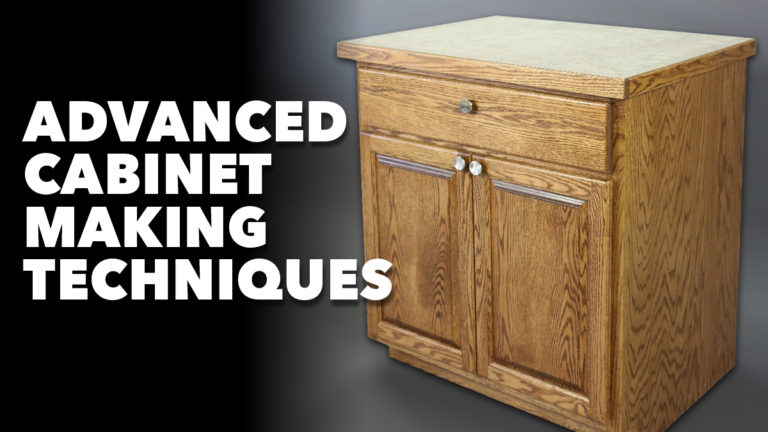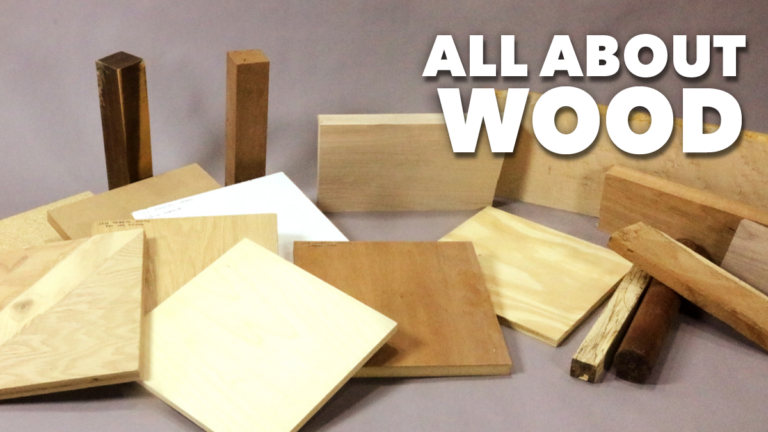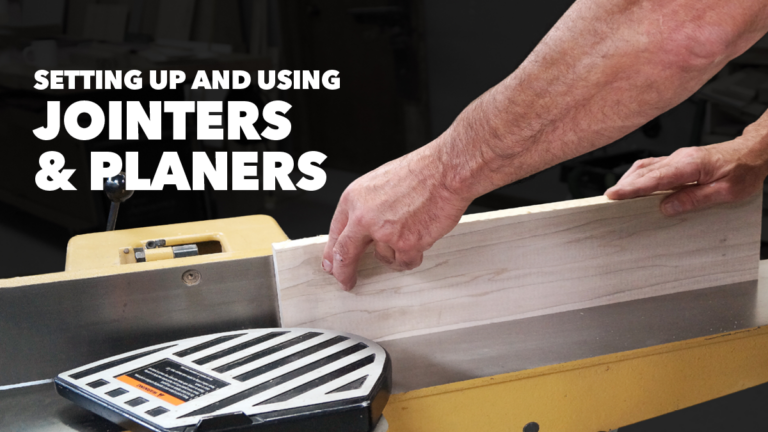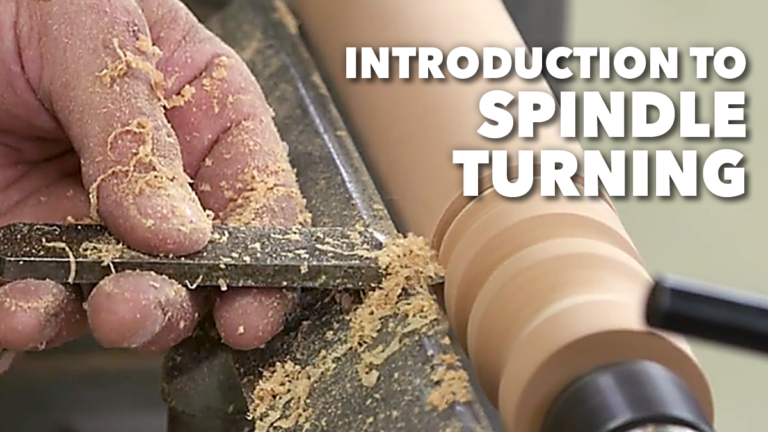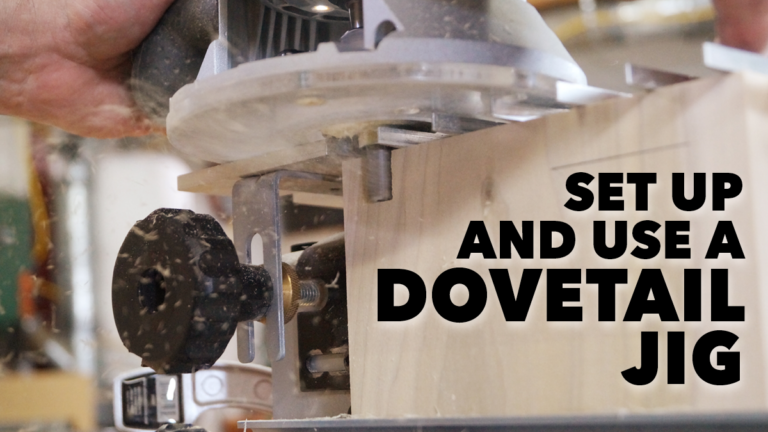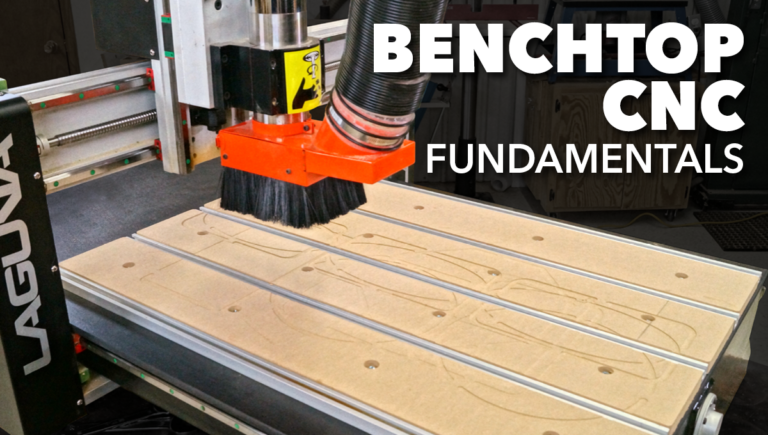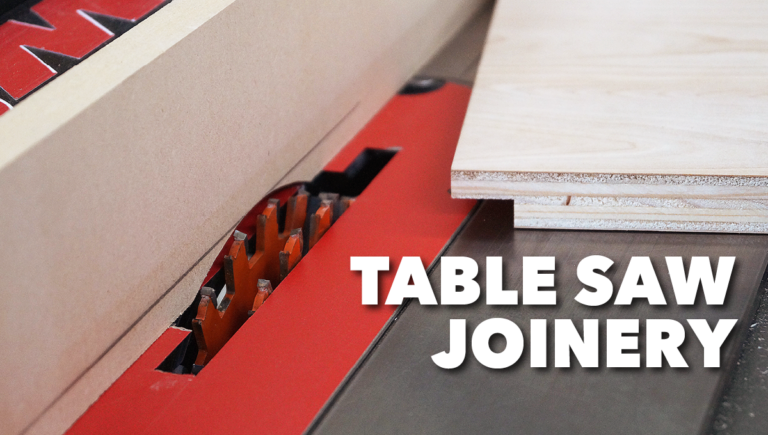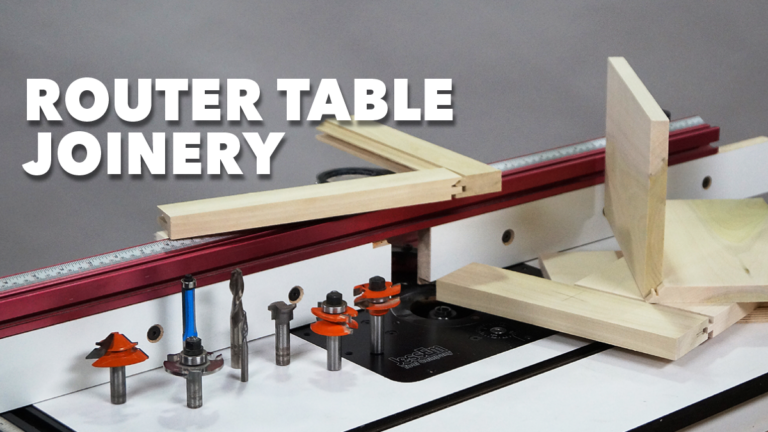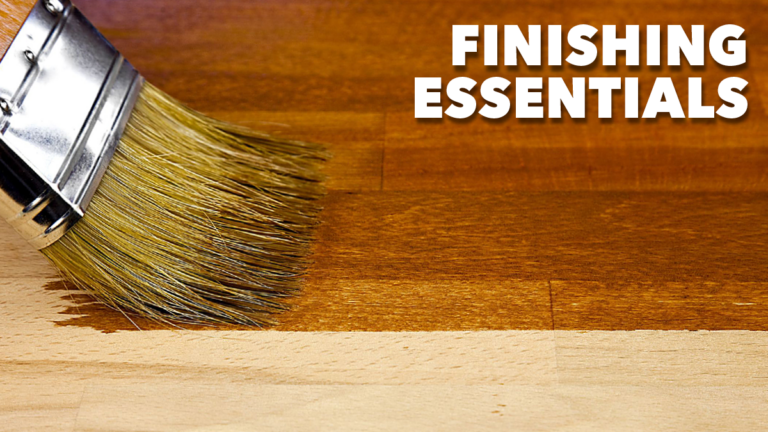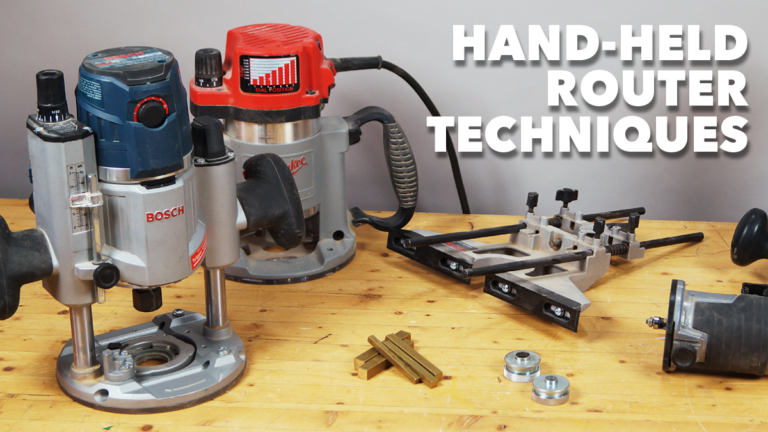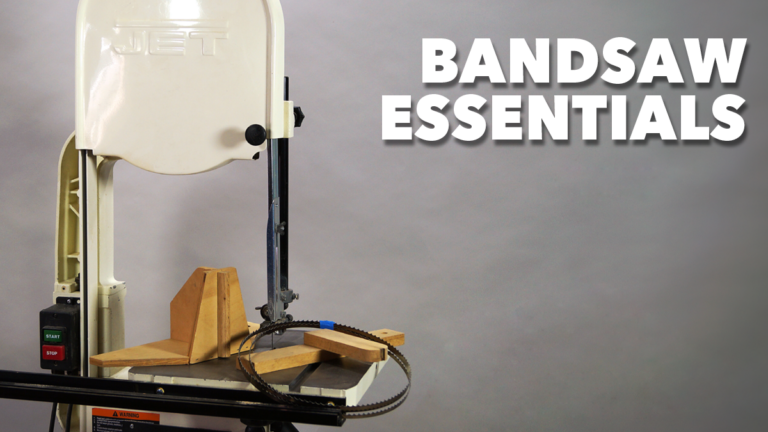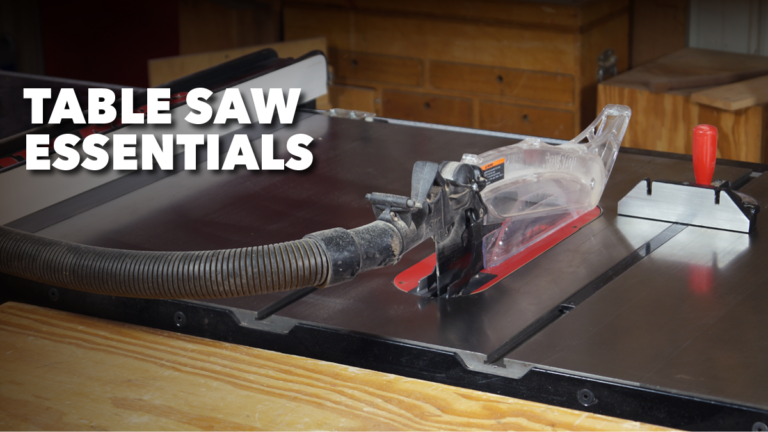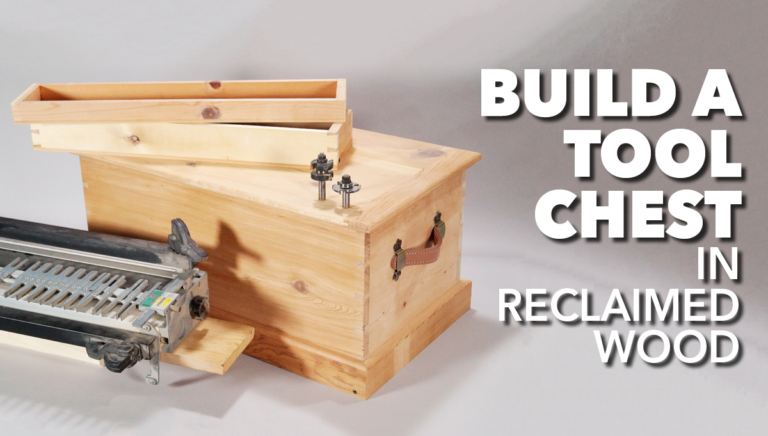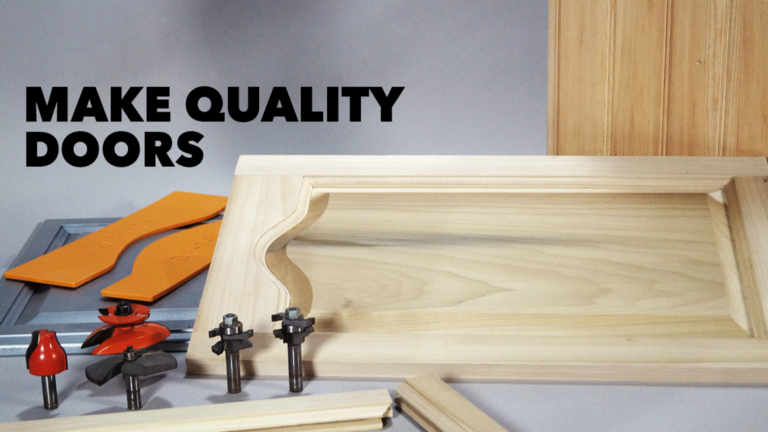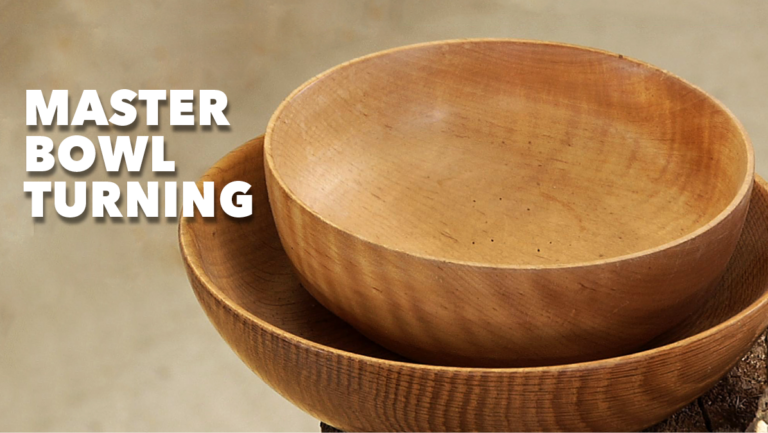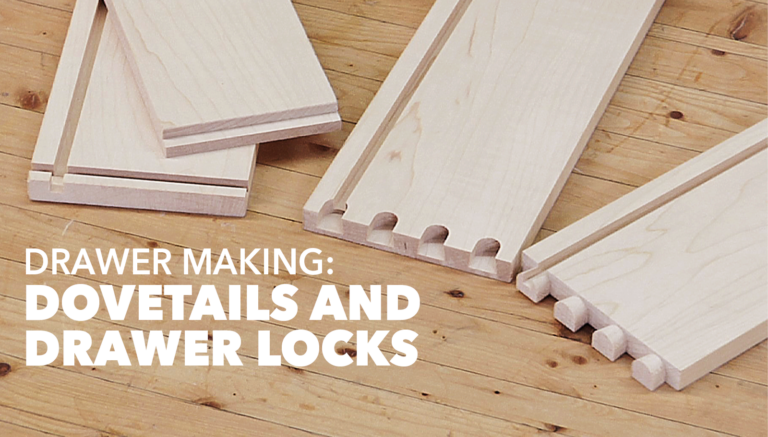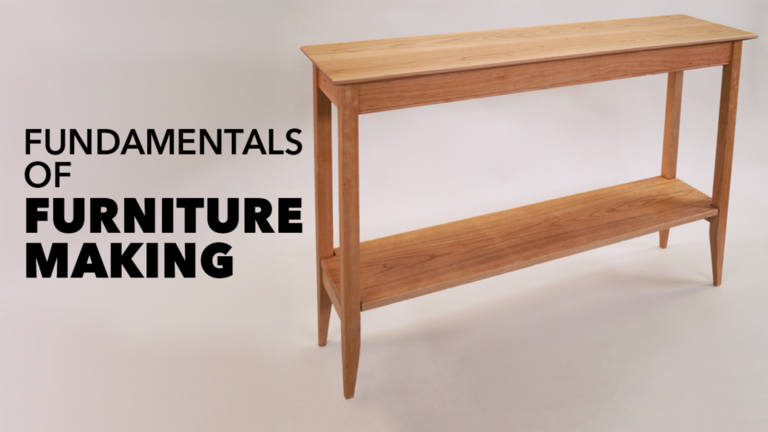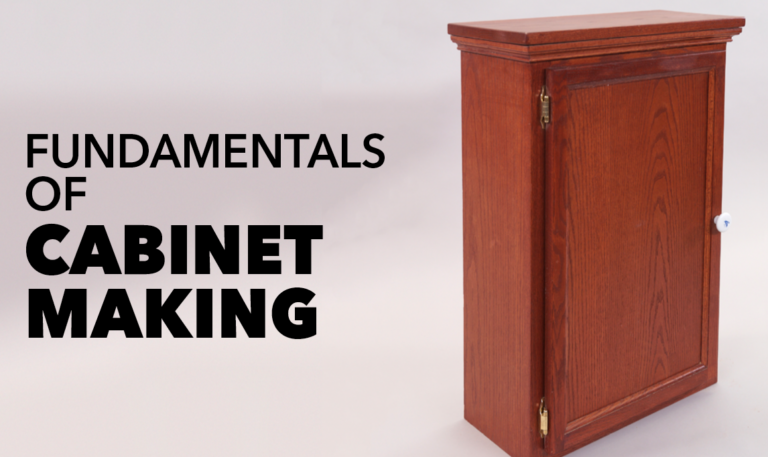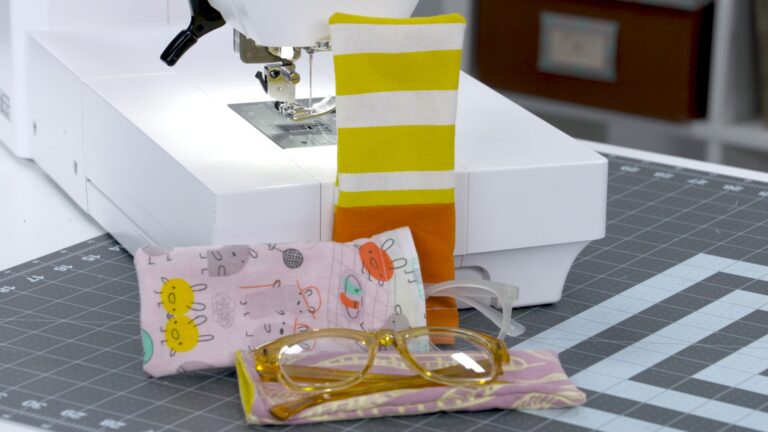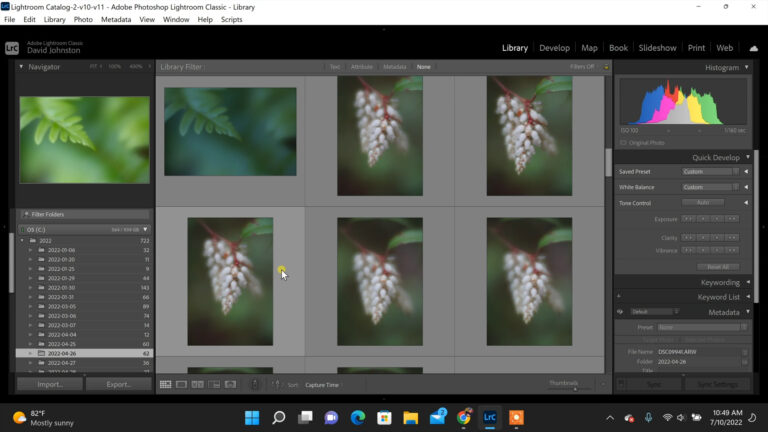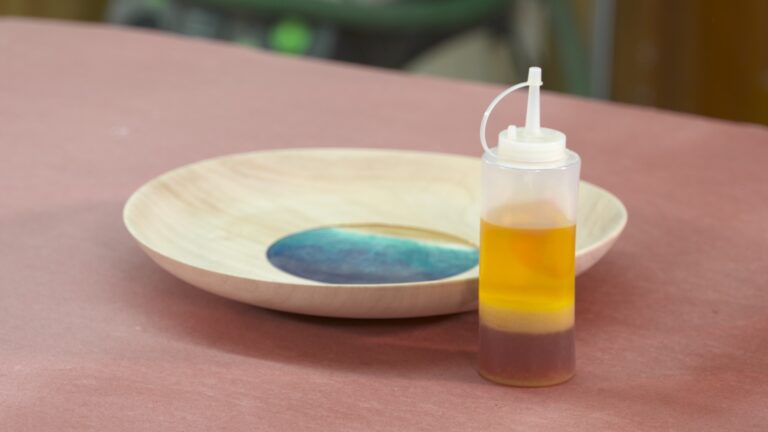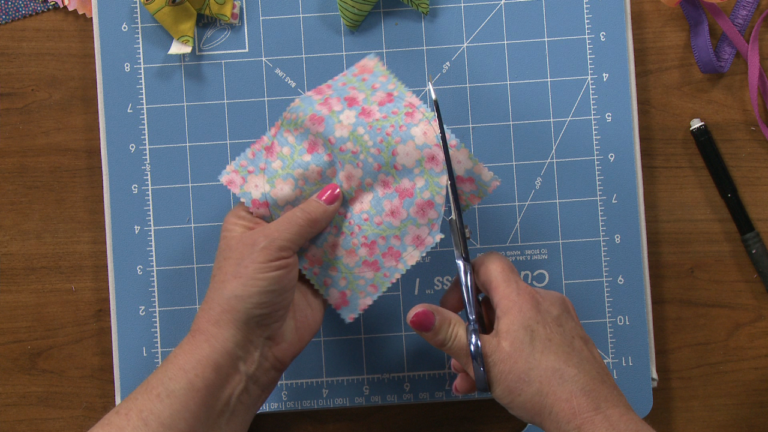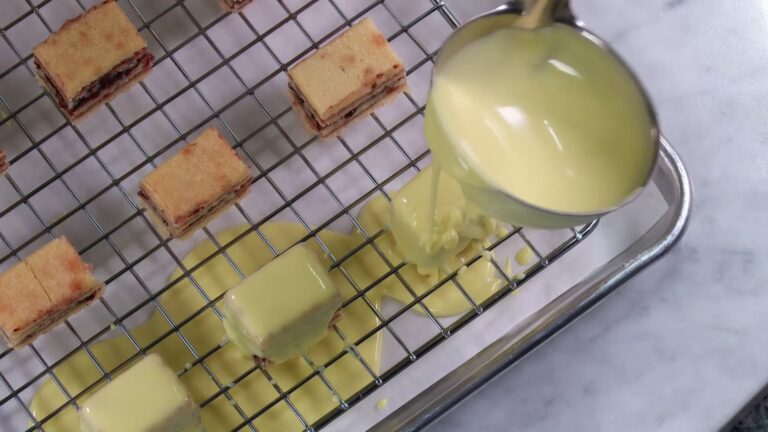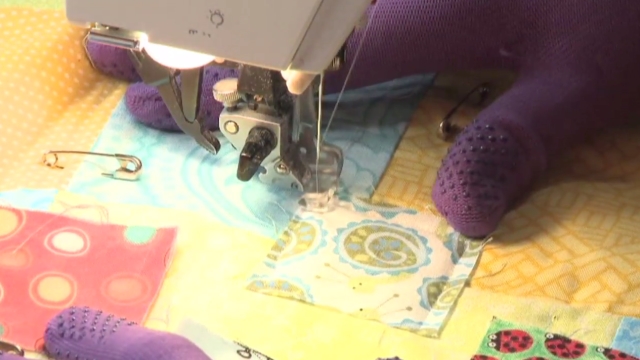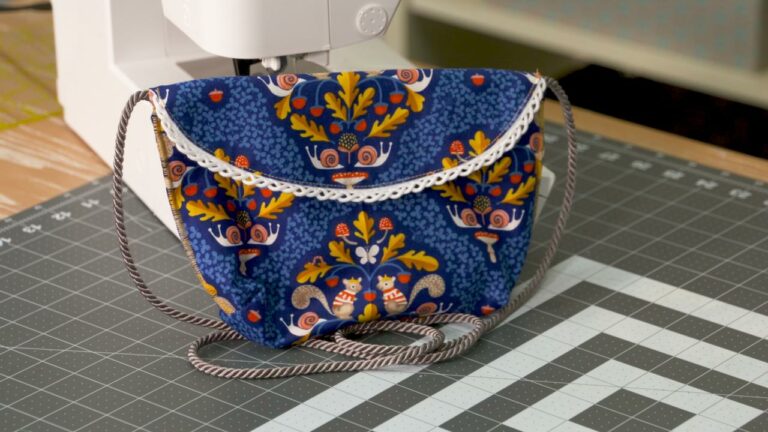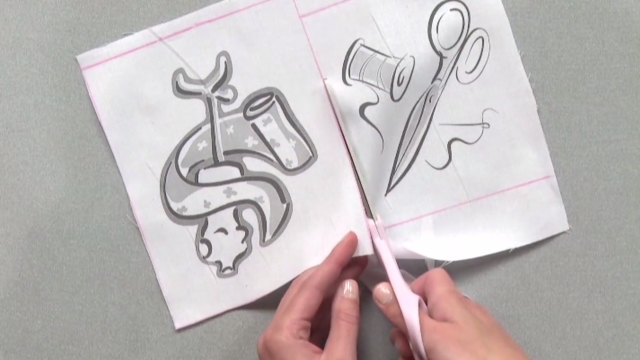
Must-Have Sharpening Techniques
George Vondriska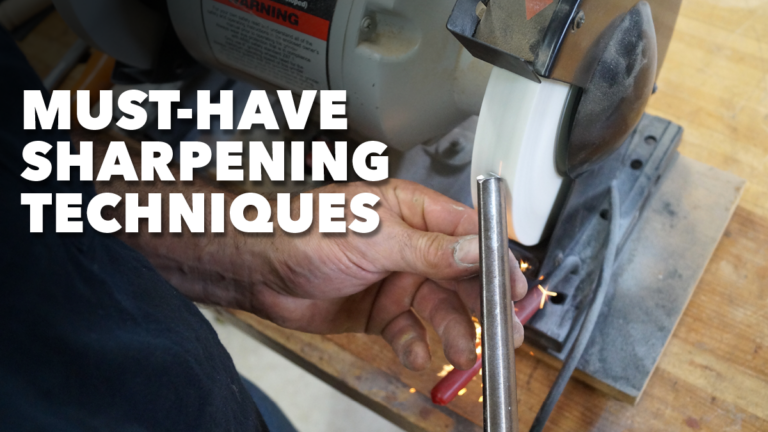

- In-depth Instruction; over 103 mins
- On-demand video access anytime
- Bonus downloadable PDF resources
- Access to class Q&A


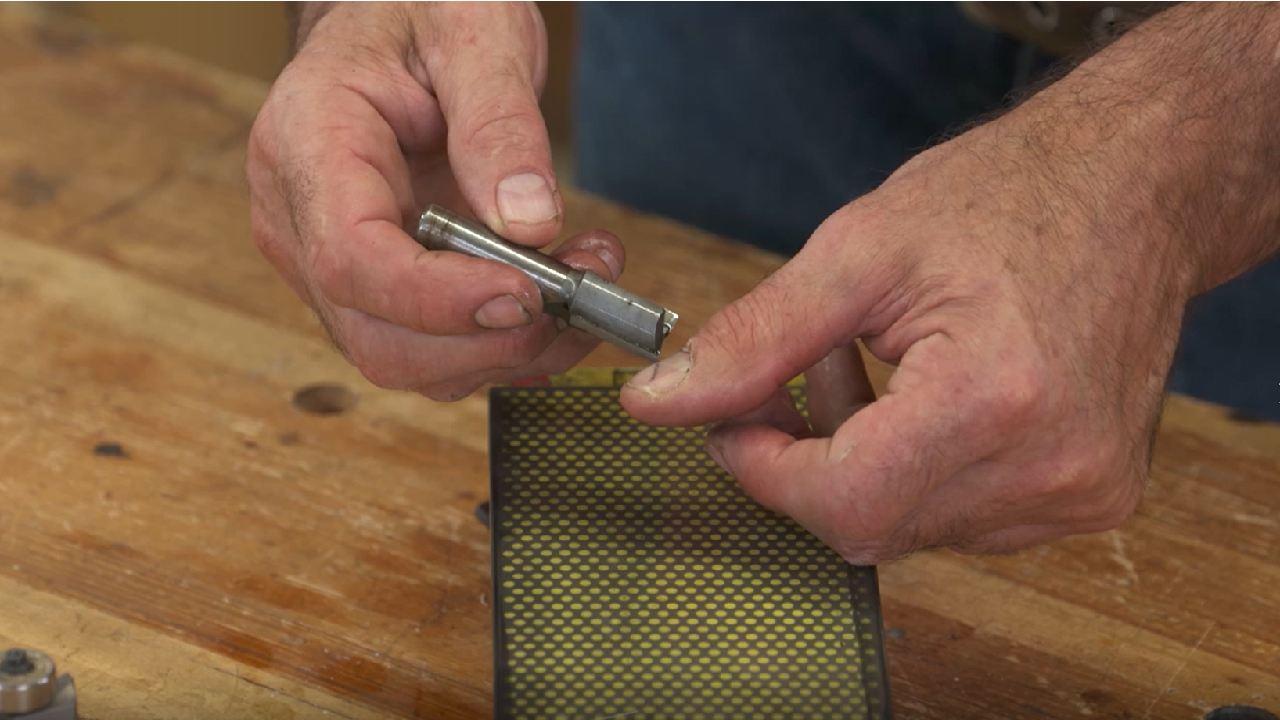

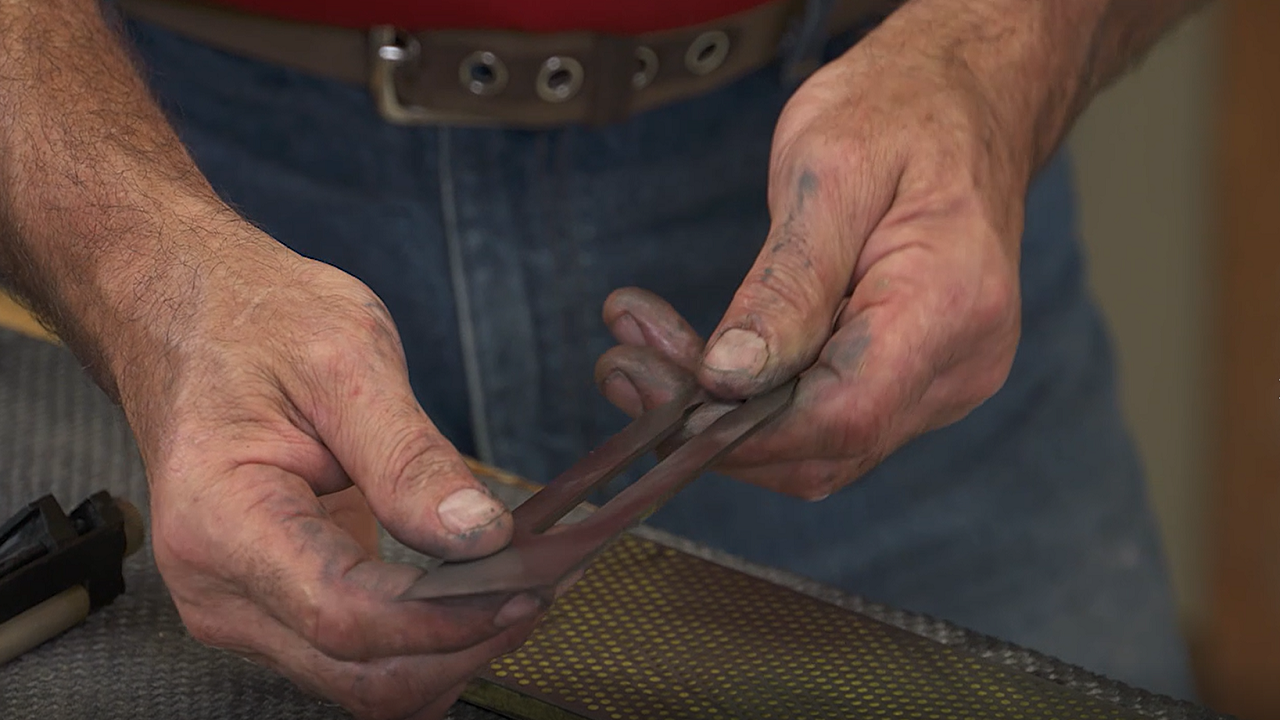

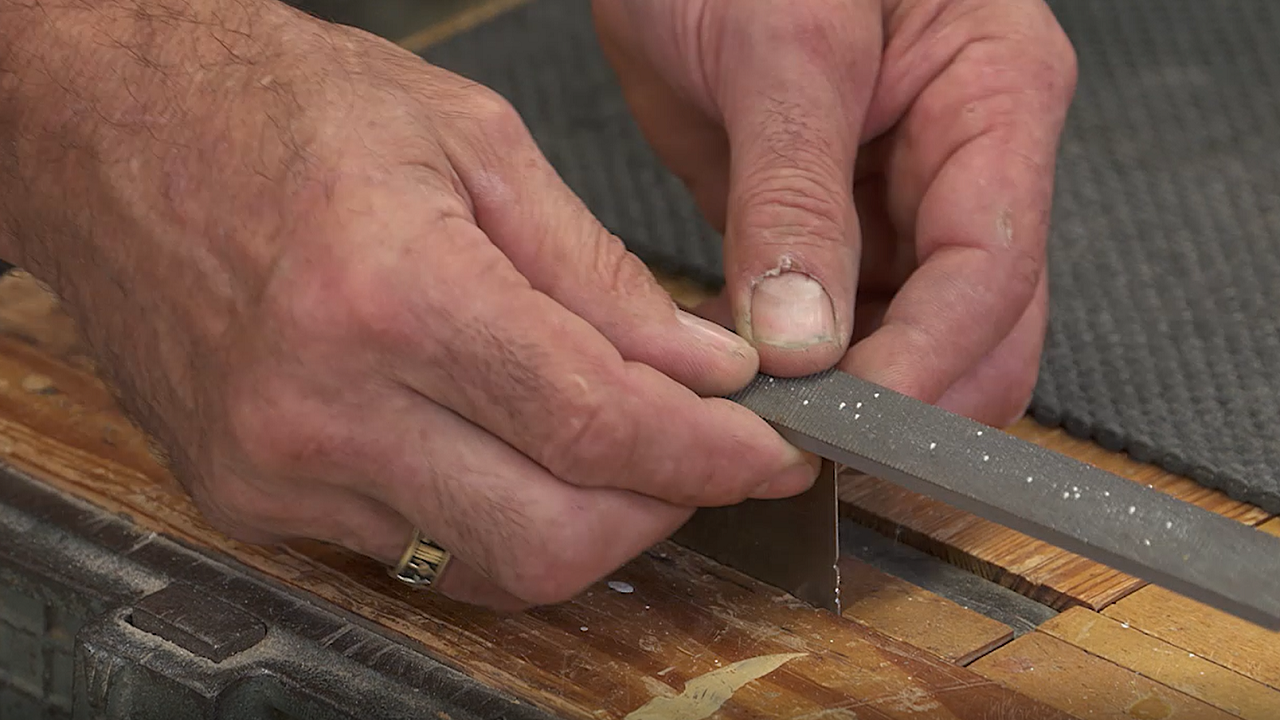

If you’re using tools in your shop, you need to know how to sharpen them. It’s an old adage, but true, that dull tools are more dangerous than sharp tools. You’re likely to force a dull tool to do what it should be doing, and that leads to accidents. Additionally, your woodworking will be easier and more pleasant when you’re working with sharp tools.
What’s covered in this class
We cover sharpening techniques for a broad array of tools in this class. In addition to covering a lot of tools, the class offers a variety of techniques, from hand sharpening to power sharpening, whetstones to low rpm grinders. You’re sure to find a sharpening approach here that works with your shop, your budget, and your skills. You’ll learn to sharpen:
- Router bits
- Bench chisels
- Plane irons
- Lathe chisels
- Card scrapers and cabinet scrapers
- Forstner bits
Sharpening systems
We realize that each woodworker places different demands on their tools and has a different setup in their shop. As a result, we show you a variety of approaches to sharpening, including:
- Whetstones, including silicone carbide, water stones, and diamond stones
- Sharpening on a glass plate
- Freehand sharpening
- The use of sharpening jigs
- Low rpm grinder
- WorkSharp
- Rotary tools
And some great tips
On top of the sharpening techniques, we provide you with great tips and tricks to make your sharpening easier, such as:
- How to determine when a tool is dull
- Cleaning your cutting tools, which can help you avoid sharpening
- How to prevent whetstones from clogging
With the broad array of tips, tricks, and techniques offered in this class, you’re sure to be able to keep the cutting edges in your shop at their best.
George Vondriska
Formally trained in technology education, George Vondriska has been teaching woodworking since 1986. He has been the managing editor of Woodworkers Guild of America since 2007. In addition to classes at his own Vondriska Woodworks School, George teaches at woodworking shows across the country and has taught woodworking for the Peace Corps, Andersen Window, Northwest Airlines and the Pentagon.

Bonus materials available after purchase

